Planning Shri Badrinath Dham Yatra 2025? Discover updated temple dates, best routes, hidden travel tips, cost breakdown, and pro tips to make your Yatra safe, peaceful, and memorable.
Here you will find Best Time, Routes, Costs & Must-Know Travel Tips for your Shri Badrinath Dham Yatra.
Shri Badrinath Dham Yatra 2025 Introduction
Each year, thousands of devotees embark on the sacred Shri Badrinath Dham Yatra seeking divine blessings and spiritual peace. In 2025, the temple gates will open on 30th April 2025 on the auspicious day of Akshay Tritiya, marking the start of the season.
Whether you’re planning to visit for the first time or returning to relive the spiritual energy, this complete travel guide will help you plan your trip with practical tips, routes, weather updates, cost breakdowns, and answers to frequently asked questions.
From the snow-covered Himalayan peaks to the legendary Tapt Kund, every part of this Yatra is filled with mystic charm and soul-stirring beauty.
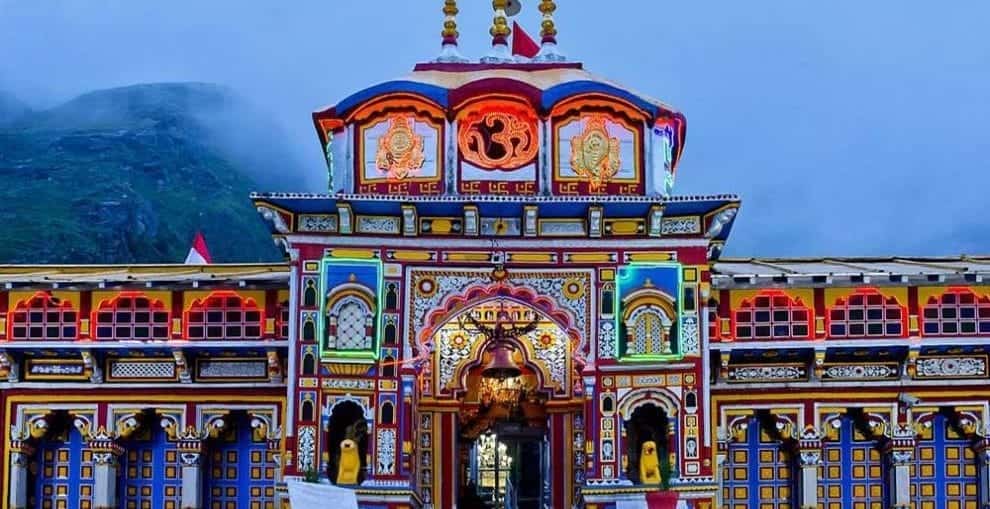
Content Summary
Shri Badrinath Dham Yatra, a significant pilgrimage destination in Uttarakhand, is one of the Char Dhams and Divya Desams in Hinduism. Dedicated to Lord Vishnu, the temple attracts tons of devotees annually.
This guide provides information on how to reach Shri Badrinath Dham, including the best visiting time, weather conditions, temple history, costs, and differences from Shri Kedarnath Dham. Whether you are planning your Yatra for 2025 or seeking to understand its spiritual importance, this guide provides everything you need to know.
Quick Facts: Shri Badrinath Dham Yatra 2025
- 🗓️ Opening Date: 30th April 2025 (Akshay Tritiya)
- 🏔️ Altitude: 10,170 ft above sea level
- 🚗 Base Camp: Rishikesh
- 💰 Budget: ₹6,000 – ₹80,000 per person
- 🌧️ Best Time to Visit: Late September to October
- ⛔️ Closed: Mid-November 2025 (After Bhai Dooj).
- 📌 Coordinates: 30°44’41.2″N 79°29’28.5″E
What is Shri Badrinath Dham
Shri Badrinath Dham, located in the Chamoli district of Uttarakhand, is a sacred Hindu pilgrimage site dedicated to Lord Vishnu. It holds immense religious significance as part of both the Bada Char Dham Yatra (four sacred sites across India) and the Chhota Char Dham Yatra (four sacred sites in Uttarakhand).
Shri Badrinath is also one of the 108 Divya Desams, the holy shrines of Vishnu revered in the Vaishnavite tradition. According to Hindu legends, Lord Shiva once performed penance here, which is why the temple is also called the “Baikunth Dham on Earth.”
Surrounded by the snow-covered Himalayan peaks, the temple offers a serene and divine atmosphere that continues to attract devotees and nature lovers alike.
How to Reach Shri Badrinath Dham Yatra
Reaching Shri Badrinath Dham Yatra requires a combination of air, rail, and road travel.
- By Air: The nearest airport is Jolly Grant Airport, Dehradun, about 311 km away.
- By Rail: The nearest major railway stations are Haridwar and Rishikesh. The Rail route is also being extended up to Karnaprayag under the Char Dham Pariyojana, which is going to be completed soon. The Badrinath Dham is located only 120 km from Karnaprayag.
- By Road: Regular buses and taxis connect Rishikesh, Haridwar, and Dehradun to Badrinath. This is the most used and convenient way if you want to visit Shri Badrinath Dham Yatra or any other Dham.
If you are looking for a budget-friendly option, there are so many government buses of Uttarakhand Transport Corporation, and private buses like Vishwanath and Himgiri that start from Haridwar, Rishikesh, and go to Shri Badrinath Dham Yatra regularly.
Shared taxis and cabs are also available in these same cities if you are avoiding buses or looking for fewer crowds, or need privacy and comfort.
- Budget Travel: Use Uttarakhand Transport Corporation buses or private buses like Vishwanath and Himgiri.
- Comfort Travel: Shared taxis and cabs are available for smaller groups or private journeys.
📌 Recommended Route:
Rishikesh is commonly used as the base camp for the Char Dham Yatra, including the Shri Badrinath Dham Yatra. Rishikesh has well connected roads and other transportation options from various cities of the country.
From Rishikesh, you can travel via Joshimath to Badrinath by lots of options, like buses, shared taxis, private cabs, and rental two wheelers are the best way to experience the serenity and beauty of the Himalayas.
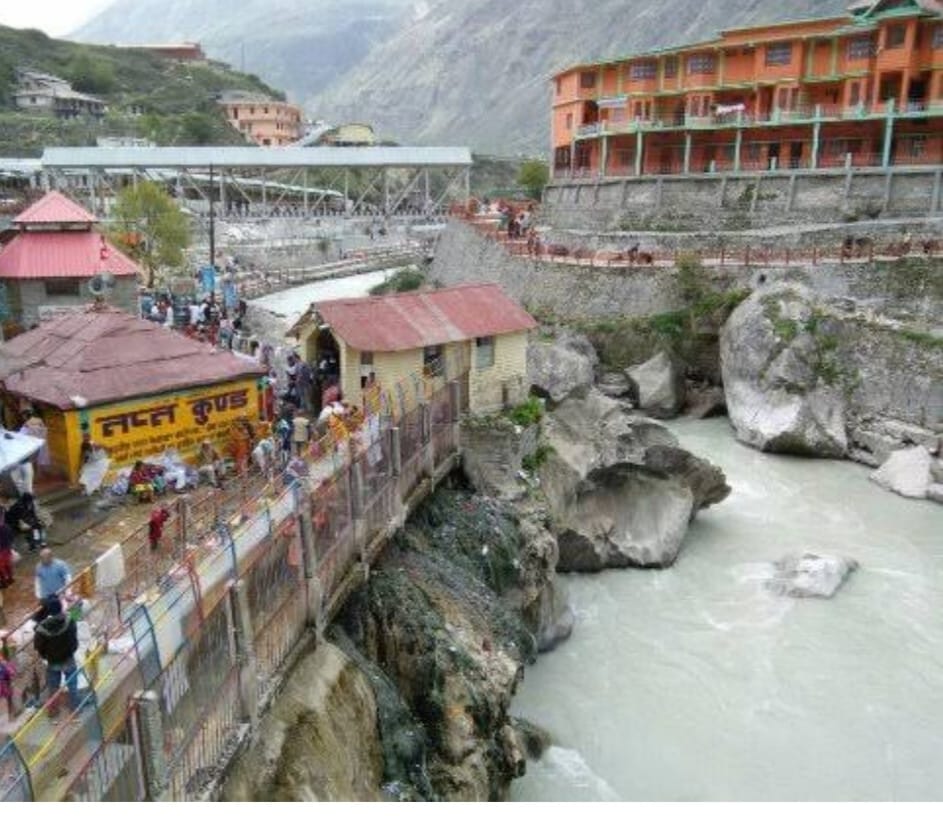
Shri Badrinath Temple Opening Date 2025
Shri Badrinath Temple opens on the auspicious day of Akshay Tritiya every year. Akshay Tritiya is falling on 30th April in 2025. The temple typically remains open from April to November, closing just after Bhai Dooj, as per traditional astrological calculations.
Temple Opening & Closing Dates 2025
- Opening Date: 30th April 2025 (Akshay Tritiya)
- Closing Date: Mid-November 2025 (after Bhai Dooj)
Best Season to Visit Shri Badrinath Dham Yatra
The ideal time to visit Shri Badrinath Dham is late September to October. Here’s why:
- The rainy season (July to early September) makes the high-altitude areas difficult due to frequent landslides and heavy rains.
- The summer months (May, June) attract huge crowds, creating road traffic, longer queues at the temple, and accommodation shortages.
- October offers mild, pleasant weather, fewer crowds, and safer travel conditions.
Contrary to common belief, October is not as cold as May-July, when rain and blizzards make the atmosphere colder than it actually is.
Best Time to Visit Shri Badrinath Dham Yatra
Ideal Season: Late September to October
- Fewer crowds
- Stable, pleasant weather
- Safer travel conditions
Why Avoid May to July?
- Heavy rainfall
- Risk of landslides
- Large pilgrimage crowds
Rainfall Patterns
In May and June, increased sunlight causes rapid evaporation. As evening temperatures drop, moisture condenses, leading to common evening rains. September and October receive less rainfall, making it safer for travel.
What is the Correct Order of the Char Dham Yatra in Uttarakhand?
The traditional sequence:
- Shri Yamunotri Dham
- Shri Gangotri Dham
- Shri Kedarnath Dham
- Shri Badrinath Dham
The West to East is the right sequence of the Char Dham Yatra. What does it mean…? It means the Char Dham Yatra starts from Shri Yamunotri Dham, then goes to Shri Gangotri Dham, followed by Shri Kedarnath Dham, and ends at Shri Badrinath Dham.
There are two reasons behind following this route,
- Spiritual reason:- Mata Yamunotri and Mata Gangotri are one of the holiest rivers in India and Hindu mythology. If pilgrims do the Shivalinga’s JALABHISHEK(pouring Shri Ganga and Yamuna’s water onto Shivalinga), lord Shiva will wipe out all the sins, and Shri Badrinath is the Moksha(End of all life cycles) Dham.
It means that pilgrims go to Shri Yamunotri Dham and Shri Gangotri Dham, collect Yamuna and Gangajal, and then go to Shri Kedarnath Dham, do the Jalabhishek to atone and get over all the sins, and in Shri Badrinath Dham(Baikunth Dham of the Earth), end all the life cycles and go to the supreme lord “Vishnu”.
- Traveller’s comfort:- As we know that pilgrimage have to follow a direction and starting from point 1 and going to point 3, then coming back to point 2 is not practical.
That’s why pilgrimage starts from Shri Yamunotri Dham(Westernmost) with only 7 k.m. of not so challenging trek, followed by Shri Gangotri Dham with no trek at all, followed by Shri Kedarnath Dham most challenging one 17 km, and ends at Shri Kedarnath Dham with again 0 trek, which is a luxury for the legs after the trek of Shri Kedarnath Dham.
This is the best route for everyone because it saves time, shortest, and is easy from a trekking point of view because it would be hard to climb Shri Yamunotri Dham’s trek after Shri Kedarnath Dham’s.
Which Month is Less Crowded in Shri Badrinath Dham?
October is typically the least crowded month to visit Shri Badrinath Dham Yatra. By this time:
- School holidays are over.
- Pilgrims are preparing for festivals like Dussehra and Diwali.
- The Char Dham Yatra season is nearing its end, leading to a quieter, more peaceful environment.
When Does Snowfall Occur in Shri Badrinath Dham?
Shri Badrinath Dham Yatra experiences heavy snowfall from November to early April. Occasionally, light snowfall may occur in May or June during prolonged rainfall due to the temple’s high altitude of 10,170 feet above sea level.
Why Does It Rain More in May and June?
- More sunlight in May and June causes increased evaporation from rivers and lakes.
- In the evening, when temperatures drop rapidly, the evaporated moisture condenses, leading to rainfall.
- This weather cycle makes afternoon and evening rains common during the early Yatra season.
- Shri Badrinath Dham Yatra has heavy snowfall in the months of winter. Winter starts in November and lasts until the start of April. Sometimes snow may fall in May and June if it rains continuously because of the high altitude of the area. Shri Badrinath Dham is situated at a height of 10,170 feet above sea level, and this high elevation makes it more prone to rain due to low air pressure.
- As we know in April, May, and June the sun is usually warmer that leads to more evaporation of the waterbodies like rivers and lakes in the area, and in the evening time when the sun goes down the temperature in the mountains drops rapidely and all the evaporated water stuck between the deep vallies, and high mountains starts to recondenssed and eventually leads to rain.
- That is one of the main reasons you would see the rain in the late afternoon or in the evening.
In September and October sun is not usually that harsh or as warm as May and June, and that’s why it doesn’t evaporate enough water, so usually rains less in these months, leading to less or no snowfall.
Weather and Temperature in Shri Badrinath Dham Yatra
| Month | Temperature Range | Weather Conditions |
| May to June | 5°C to 18°C | Frequent rain, potential blizzards |
| July to September | Monsoon season | Risk of landslides |
| October | 7°C to 15°C | Calm and stable |
| November to April | -10°C to 5°C | Heavy snowfall, the temple closed |
Shri Badrinath vs. Shri Kedarnath: Which is Colder?
Shri Kedarnath is generally colder than Shri Badrinath due to its higher elevation (11,750 feet vs. 10,170 feet).
Shri Kedarnath also tends to have heavier snow and harsher winds, especially during the early and late Yatra seasons.
Shri Badrinath Temple Closing Date 2025
The closing date for Shri Badrinath Temple in 2025 will be around mid-November, just after Bhai Dooj. The exact date is declared annually based on astrological calculations and temple traditions.
Estimated Cost of Shri Badrinath Yatra
The cost varies depending on the mode of transport and type of stay:
- Budget trip: ₹6,000 – ₹9,000 per person (shared buses, budget hotels)
- Standard trip: ₹12,000 – ₹18,000 per person
- Helicopter packages: ₹40,000 – ₹80,000 per person (if part of a Char Dham package)
Pilgrims must have a rough idea and estimation of their basic needs. You should keep some extra amount for emergencies, as it may occur at any time, like the landslides that can block the roads maximum of a day or two, especially in the rainy season.
💡 Note: Prices can vary based on the season, accommodation, and group size.
How Shri Badrinath Dham Yatra and Temple Was Formed
According to legend, Adi Shankaracharya rediscovered the Badrinath idol in the Alaknanda River and established the temple during the 8th century. Spiritually, the temple’s origin is tied to Lord Vishnu’s meditation, when Goddess Lakshmi shielded him from the harsh weather by transforming herself into a tree.
Shri Badrinath Location
Shri Badrinath Dham is located in the Chamoli district of Uttarakhand, nestled between the Nar and Narayana mountain ranges, on the banks of the Alaknanda River.
Coordinates: 30.7433° N, 79.4930° E
Shri Badrinath Mandir Architecture
The temple is built in the traditional North Indian style:
- Conical-shaped roof made of gold gilt.
- The main idol of Lord Badrinarayan, made of black Shaligram stone.
- Garbhagriha (sanctum), Darshan Mandap (worship hall), and Sabha Mandap (assembly hall).
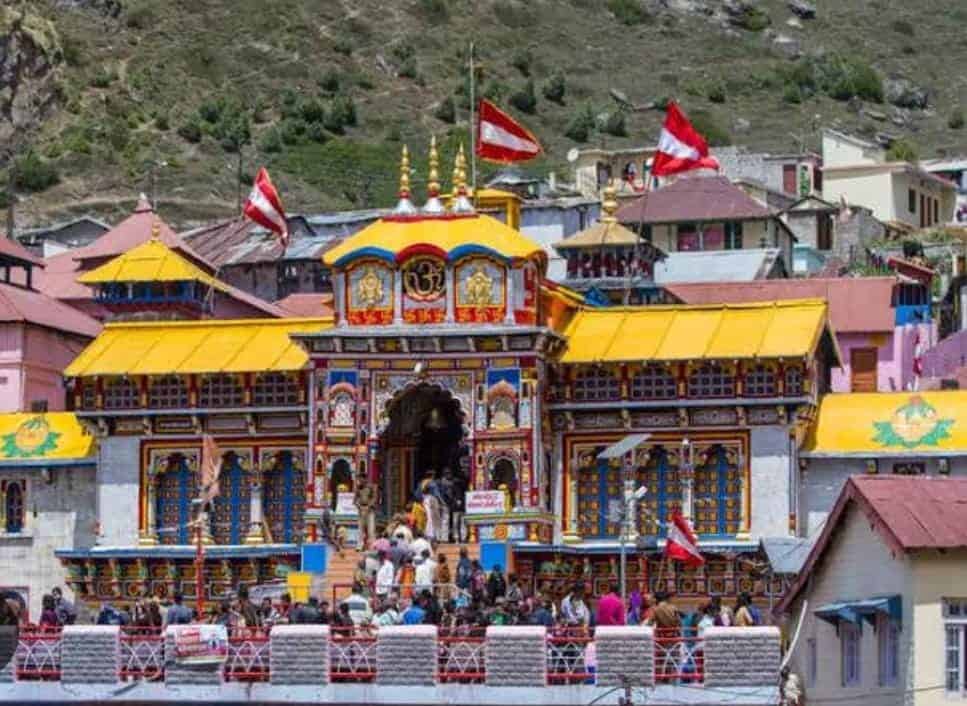
Specialties and Mysteries of Shri Badrinath Dham Yatra
- The natural thermal spring “Tapt Kund” near the temple is believed to have healing properties.
- The temple remains free of snow during the summer despite its high altitude.
- Local legends say Lord Shiva vacated the place for Lord Vishnu.
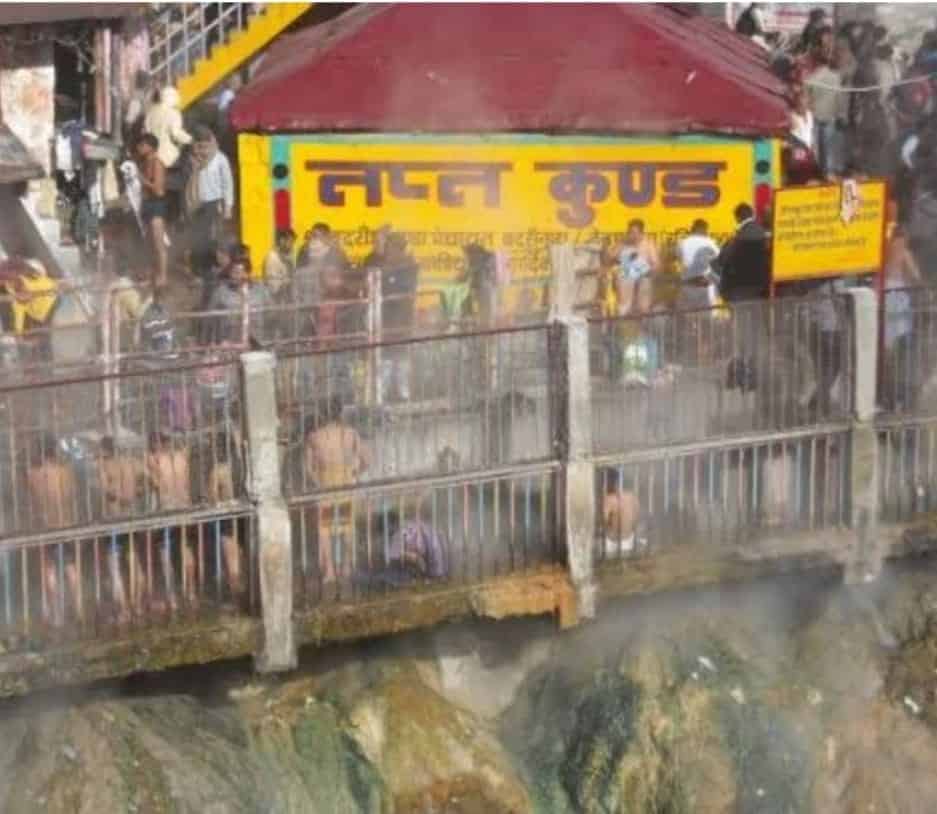
Which God is Worshipped at Shri Badrinath?
Shri Badrinath is dedicated to Lord Vishnu.
- “Badri” is another name for Goddess Lakshmi, and “Nath” means Lord.
- Badrinath signifies “The Lord of Badri” or “The one who is Lord of Goddess Lakshmi.”
The temple is one of the holiest shrines for Vaishnavites and is among the 108 Divya Desams.
Why Did Lord Shiva Leave Shri Badrinath?
As per legend, Lord Shiva initially meditated in the Badrinath area. When Lord Vishnu arrived and chose Badrinath for his penance, Shiva gracefully vacated the place and moved to Kedarnath, which became his permanent abode.
Is Shri Badrinath and Shri Kedarnath the Same?
No, Shri Badrinath and Shri Kedarnath are not the same.
Shri Badrinath Dham is dedicated to lord Vishnu, located in Chamoli district at a height of 10170 feet above sea level, and Shri Kedarnath Dham is dedicated to lord Shiva in Rudraprayag district at a height of 11750 feet.
Both temples are part of Chhota Char Dham or Char Dham of Uttarakhand, and have immense spiritual value in the local traditions and in Hinduism as well, but not the same.
Which is Tougher: Shri Kedarnath or Shri Badrinath Dham Yatra?
- Shri Kedarnath Yatra is considered more difficult due to the 17 km trek from Gaurikund to Kedarnath. That starts from Gaurikund at 6500 feet above sea level and ends at Shri Kedarnath Dham at 11750 feet above sea level, around 5000 feet of vertical gain.
- Shri Badrinath Yatra is comparatively easier as it is well-connected by motorable roads almost up to the temple.
Distance Between Shri Badrinath and Shri Kedarnath
The distance is approximately 220 kilometers by road.
Travel Time: 8 to 10 hours, depending on road and weather conditions.
What is the 4 Dham Yatra in Uttarakhand
The Char Dham Yatra in Uttarakhand includes:
- Shri Yamunotri Dham. This temple is dedicated to Mata Yamuna.
- Shri Gangotri Dham. This temple is dedicated to Mata Ganga.
- Shri Kedarnath Dham. This temple is dedicated to Lord Shiv.
- Shri Badrinath Dham. This temple is dedicated to Lord Vishnu.
The Char Dham of Uttarakhand is one of the most sacred pilgrimage circuits in Hinduism.
Conclusion and Travel Tips
Shri Badrinath Dham Yatra 2025 offers a unique blend of spiritual fulfillment and natural beauty. Plan your journey between late September and October for the best experience. Book accommodations early, stay updated with weather alerts, and travel responsibly.
🙏 Planning your Shri Badrinath Dham Yatra 2025? Feel free to leave your questions in the comments or share your experiences if you’ve been on this Yatra before.
For more detailed guides on Char Dham Yatra, follow Broken Compass and stay updated with the latest travel tips and temple announcements.
Frequently Asked Questions (FAQs)
When will Shri Badrinath Dham Yatra open in 2025?
The temple will open on 30th April 2025 on Akshay Tritiya.
Which month is best for the Shri Badrinath Dham Yatra?
October is ideal due to fewer crowds and stable weather.
Is the Shri Badrinath Dham Yatra difficult?
No, it is well connected by motorable roads, unlike the Kedarnath trek.
What is the estimated cost of Shri Badrinath Dham Yatra?
The cost ranges from ₹6,000 to ₹80,000 per person, depending on the travel mode.
Which God is in Shri Badrinath Dham?
Shri Badrinath Dham is dedicated to the supreme Lord Vishnu.


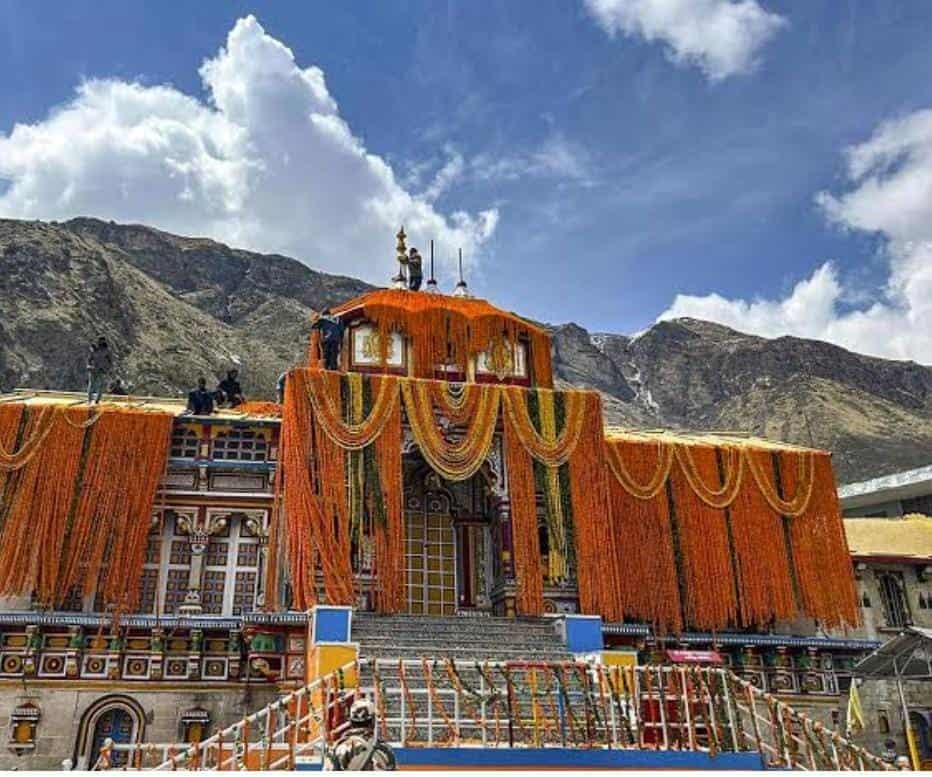
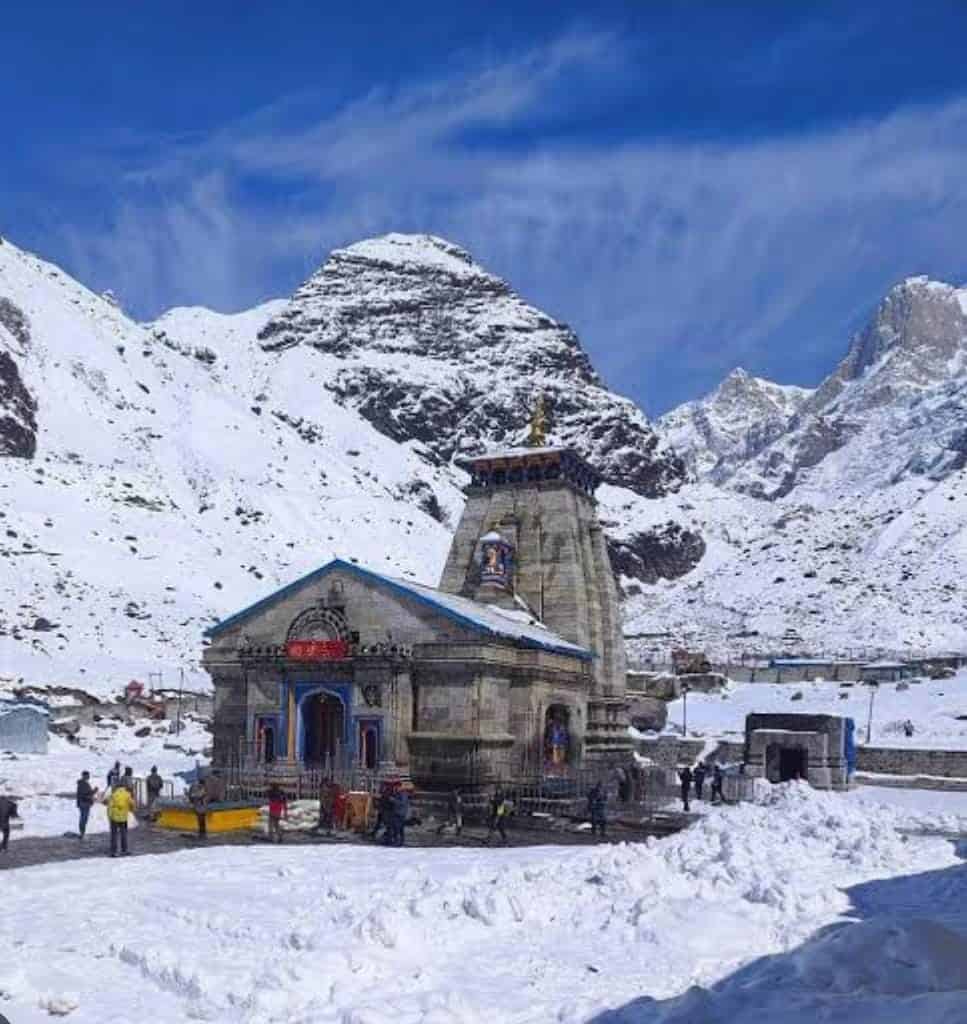
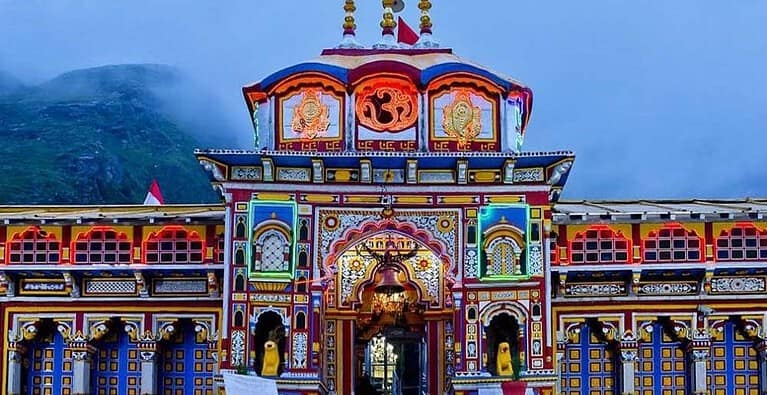
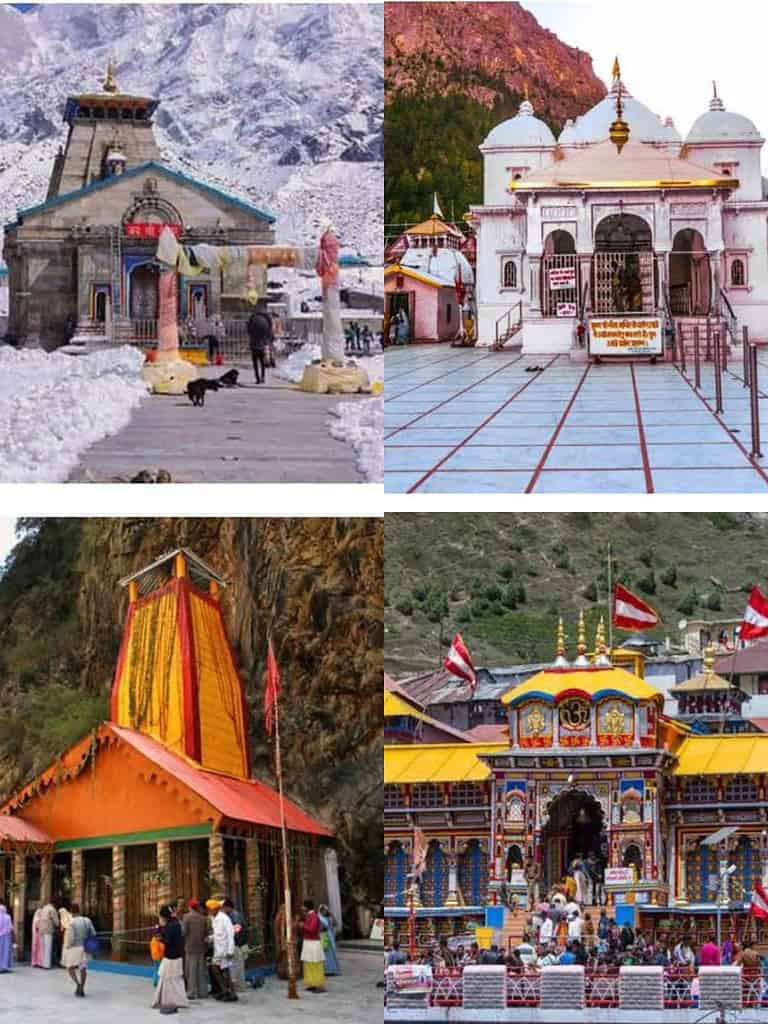
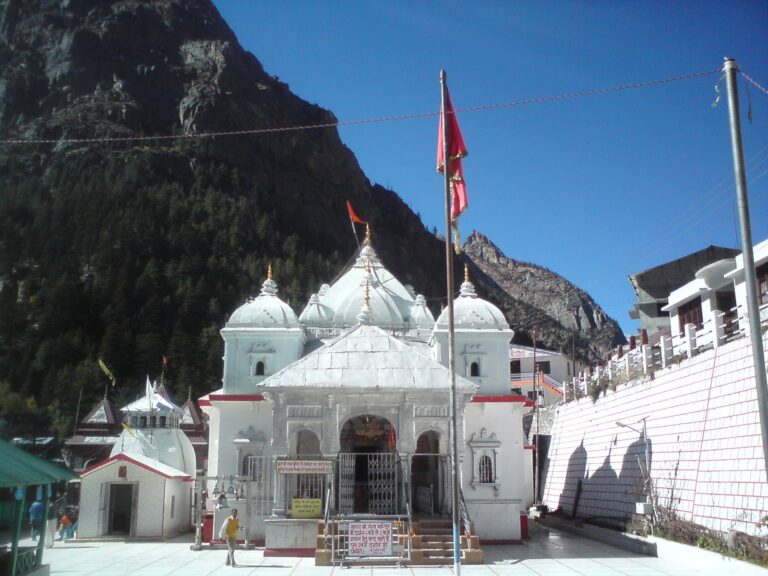
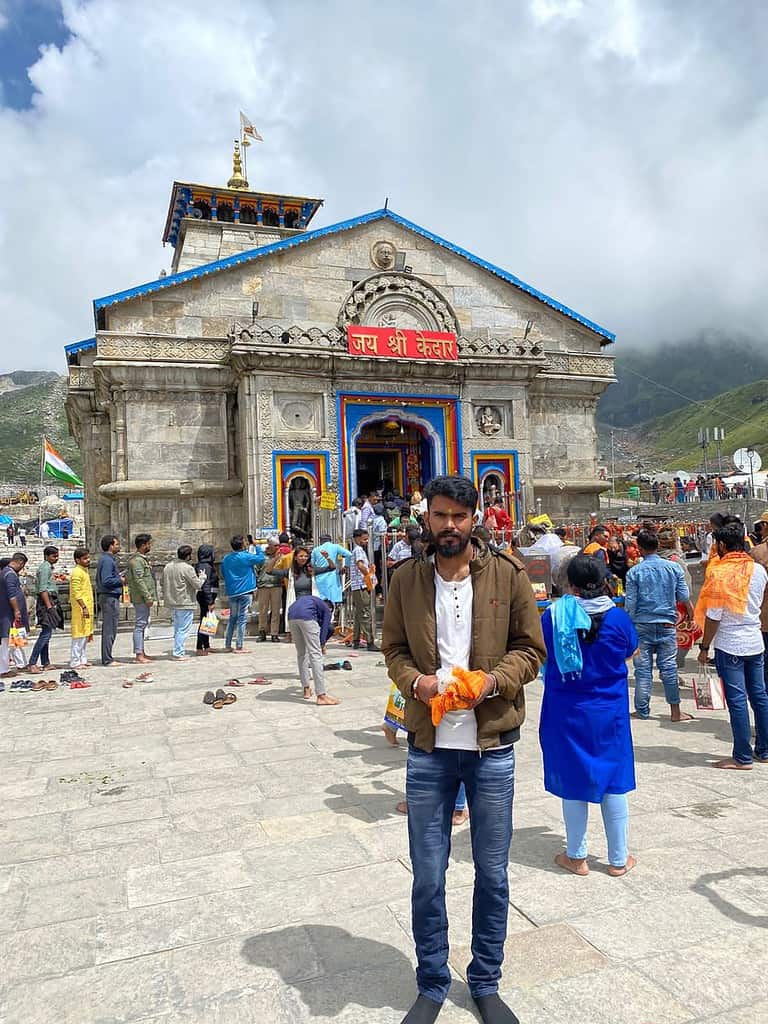
3 Comments